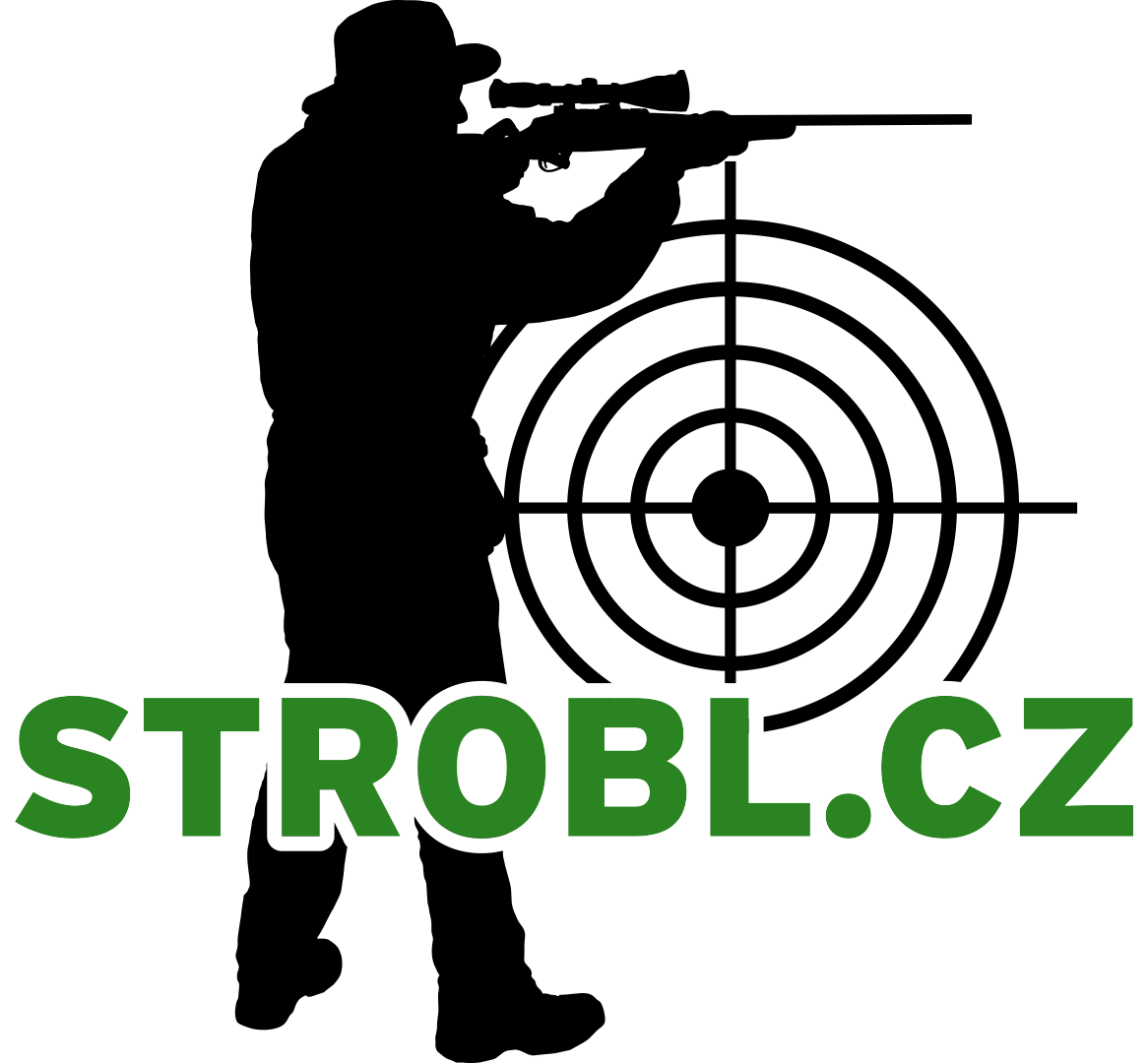
The primary goal in developing the RDF bullets was to maximize the ballistic coefficient (BC) to achieve the flattest possible trajectory and minimize the bullet's drift caused by crosswinds, which was fully accomplished. From a design perspective, this is a hollow-point (HP) bullet with a lead core.
The entry into the cavity (meplat) is extraordinarily narrow, and at first glance, the bullet resembles a classic spitzer more than an HP. Another notable feature is the significant spacing between the core and the tip, which shifts the bullet's center of gravity rearward. Ballistics are further enhanced by the meticulously designed shape of the bullet, featuring a tapered base, combined with a high sectional density and relatively heavy weight.
Visually, these bullets are of very high quality, with a perfectly smooth jacket and a completely symmetrical tip. The weight deviation is negligible, right at the limit of my scale's accuracy.
A virtual cross-section of the bullet provides insight into the design of its unique cavity .

Maximum Ballistics
Shooters have a respectable range of options with representation of all common calibers used in precision sport shooting, specifically (caliber/weight); .224/70, 77, 85 gr, .243/105, 115 gr, .264/130, 140, 150 gr, .284/185 gr, .308/168, 175, 210 gr, and .338/300 gr. I tested the .264/130 gr variant in combination with a Ruger American Predator rifle with a 559 mm (22-inch) barrel and a 1:8” twist rate.
As for the praised ballistic coefficient (BC), in my case, it measured .615 BC; for the heavier 150 gr variant, it reaches an impressive .670 BC, which is an exceptional value for the .264 caliber. For .308/210 gr, the BC goes up to .707. If this value is a decisive factor for your selection, the RDF series is at the absolute top with minimal comparable competition. Only Berger bullets come close, though they are slightly more expensive and have a lower BC (for comparison, the Berger AR Hybrid OTM .264/130 costs 19.2 CZK per piece and has a BC of .560). Nosler rightly boasts that the RDF has the highest BC and the smallest meplat on the market.
It should also be noted that, in addition to projectiles for reloaders, Nosler offers several factory-loaded cartridges within the Match Grade series, specifically: .22 Nosler/70, 85 gr, .223 Rem/70 gr, 6 mm Creedmoor/105, 115 gr, 6.5 mm Creedmoor/140 gr, .260 Rem/130 gr, .308 Win/175 gr, and .300 Win Mag/210 gr. These appear to be very high-quality cartridges, but none are currently available on our market. Prospective buyers would have to arrange for individual importation.
 The bullets feature an intriguingly designed cavity with a miniature diameter.
The bullets feature an intriguingly designed cavity with a miniature diameter. Example of a six-shot group. Excluding one clearly pulled shot and considering the distance, the result is an excellent 0.8 MOA grouping.
Example of a six-shot group. Excluding one clearly pulled shot and considering the distance, the result is an excellent 0.8 MOA grouping.At the Range
The bullet tip, though it appears delicate, withstands the reloading process and normal handling without the slightest damage. I reloaded using Swiss R60 powder and Sako brass cases. At the range, I tested eight different load configurations varying in seating depth and powder charge. The winning configuration was retested later for confirmation. The results did not show drastic differences, which suggests that this is a relatively tolerant bullet. However, for heavier and thus longer bullets, selectiveness is naturally expected to increase.
In my case, the best results were achieved with a cartridge length of 70.5 mm and a powder charge of 43.5 grains, giving the bullet a velocity of 870 m/s. I only had the opportunity to shoot at a distance of 50 m, but the results can easily be translated to the standard MOA, providing an idea of what to expect from these cartridges. Out of three sets of six shots (excluding the worst hit from each set), measuring the distance between the farthest impacts, I achieved an average group size of 11 mm at 50 m, which translates to 0.8 MOA. I believe the potential for even better performance is significantly greater.
The measured group sizes speak for themselves. RDF bullets are simply highly precise with exceptional parameters, which our limited test could only partially explore. Regarding the price, it is surprisingly affordable considering the quality and performance. Prices start at 15 CZK per piece for the .224/70 variant, the .264/130 variant I tested costs 16.7 CZK per piece, the .308/175 variant is priced at 19.3 CZK per piece, and the most expensive .338/300 variant costs 28.1 CZK per piece. Packaging is available in quantities of 100 or 500 pieces.
Nosler RDF bullets can be purchased at STROBL.CZ s.r.o. For more information, visit strobl.cz or the manufacturer's website at nosler.com.
The article originally appeared in the magazine Lovec by Extra Publishing.


 The bullets feature an intriguingly designed cavity with a miniature diameter.
The bullets feature an intriguingly designed cavity with a miniature diameter. Example of a six-shot group. Excluding one clearly pulled shot and considering the distance, the result is an excellent 0.8 MOA grouping.
Example of a six-shot group. Excluding one clearly pulled shot and considering the distance, the result is an excellent 0.8 MOA grouping.









